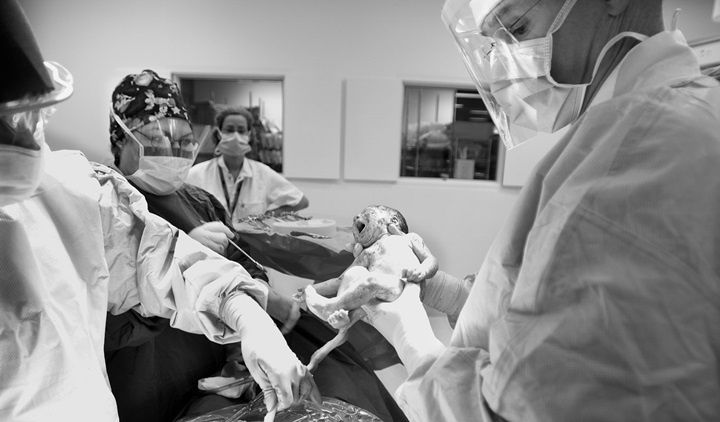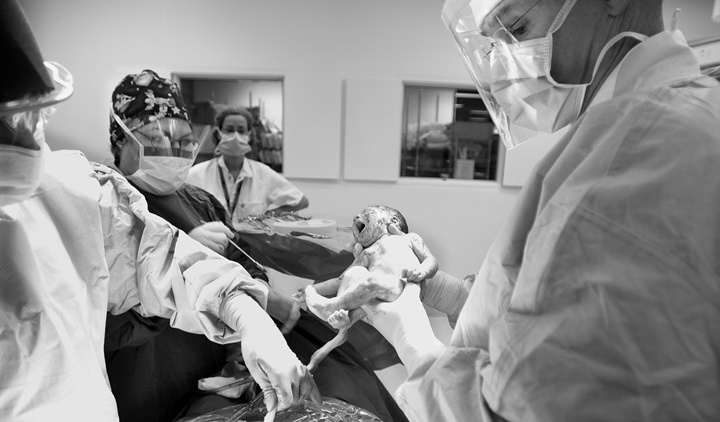
Are you expecting a new baby and looking into the possibility of saving the cord blood? Here are some of the most common misconceptions about cord blood banking that every expectant parents need to know.
“Cord blood collection takes important blood away from my baby.”
Cord blood is normally discarded with the umbilical cord after it is clamped and cut. When you ask to have your baby’s cord blood collected, the one and only change from the normal procedure is that after birth, once the cord has been cut, the cord blood is collected and preserved rather than thrown away.
Learn more about the process of cord blood banking »
“I can donate to a public bank and retrieve the cord blood later if needed.”
Samples are donated anonymously to public banks. If cells were needed at a later date, the best match will be found by searching, but might not be the one donated.
For families to make an informed decision, it is important for them to understand that not all donated samples are banked. Multiple studies have shown that more than half of potential cord blood donors are not eligible for donation. As many as 71% of donations may be rejected by public banks based on family medical history, maternal medical history, collection volume, and examination of the maternal blood sample (Transfusion, January 2000, Vol. 40:1, 124).
Learn more about the difference between public and private cord blood bank »
“There is no reason for me to bank my baby’s own stem cells when public banks can provide donated cord blood samples.”
If autologous cells are not available, or cannot be used, stem cells from a relative (preferably a sibling where there is a 1 in 4 chance of a match) are usually the best treatment option. In fact, according to a study in The New England Journal of Medicine, the one-year survival rate for patient treated with a sibling’s cord blood stem cells is approximately 63%.
With cord blood from an unrelated donor, the survival rate drops to 29%. In addition, unrelated cord blood also puts the patient at a much greater risk for developing potentially fatal GVHD (20% vs 5%). Related cord blood also reduces the risk that the transplant sample may harbor genetic problems that could cause disease in the recipient because the family will know the genetic history.
Public banks can help ensure an adequate sample for transplant but not the best or most preferable sample. When the issue is survival, this is significant. The families who bank cord blood stem cells want to help ensure the BEST chance of survival if the cells are needed, not just A chance. Your baby’s cord blood is 100% match to your child and 25% chance of being a perfect match to siblings.
Find out the advantages of cord blood stem cells over other stem cell sources »
“The baby or siblings will never need the cord blood stem cells if my family doesn’t have a history of cancer.”
People choose to bank their baby’s cord blood in order to provide themselves and their families with an additional safeguard – just in case. The causes for most cancers and diseases are unknown, and in some cases, certain types of cancers are growing at alarming rates.
- Recent reports indicate that 1 in 630 children will get cancer by age 15.
- Additionally, treatments for cancer only reflect current uses and do not consider the increasing applications and promising therapies that are in development.
Find out whether you should save the cord blood for all your children »
{{cta(‘016232ec-8637-45d3-9fe2-5912155530b9’)}}


